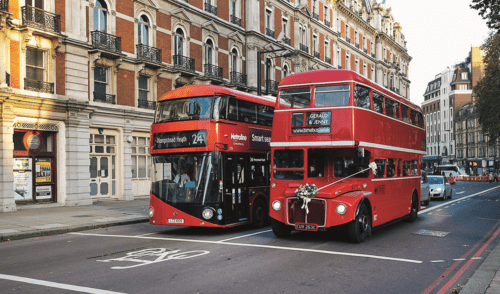
As the new Transport Secretary promises greater local control, Roger Brereton, Head of Sales at Pailton Engineering, examines the proposed reforms and argues that a national bus strategy must have more focus on improving conditions for drivers
In March last year, two years after the publication of the Conservative Government’s Bus Back Better strategy, it was announced by the Campaign for Better Transport that 2,800 bus routes had been axed since the launch of the strategy. Now, the new Labour Government is promising to improve the UK’s declining bus services through greater public control.
Buses are often an overlooked part of public transport. Although it is problems with our trains that tend to grab the media spotlight, buses account for a greater share of journeys made by public transport. Buses accounted for approximately 62% of all ticketed public transport journeys in the UK for the year ending March 2022.
Buses will also be key in reaching net zero targets. A fully occupied bus can replace multiple private cars on the road, leading to fewer emissions overall. For instance, a diesel bus emits less CO2 per passenger mile compared to a single-occupancy car. According to the Department for Transport (DfT), buses produce around 89 grams of CO2 per passenger kilometre, compared to 171 grams for cars. If we can replace diesel buses with electric or hydrogen alternatives, the environmental benefits are further enhanced.
Buses are vital to many communities, especially people in rural areas who, without adequate bus services, risk being cut off from the rest of society. Perhaps most importantly, cuts to services have a disproportionate impact on people from marginalised backgrounds. According to data provided by DfT, households in the lowest income quintile make significantly more bus trips per person compared to those on higher incomes.
[…]
By subscribing you will benefit from:
- Operator & Supplier Profiles
- Face-to-Face Interviews
- Lastest News
- Test Drives and Reviews
- Legal Updates
- Route Focus
- Industry Insider Opinions
- Passenger Perspective
- Vehicle Launches
- and much more!


